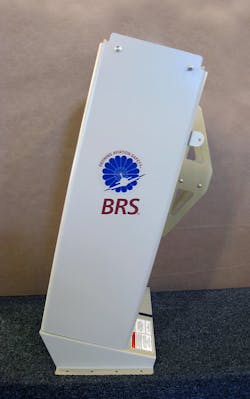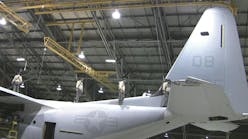Ballistic Recovery System (BRS) for Cessna 182 STC to Offer Useful Load Increase
South Saint Paul, MN, January 6, 2014 – BRS Aerospace, manufacturer of whole aircraft parachute systems, recently announced Cessna 182P, Q model owners who purchase and install a BRS system in their aircraft will not only gain the added flying safety for themselves and their passengers, but will also gain a 160-pound gross weight increase. The BRS is STC approved for the Cessna 172 and 182 models.
This new iteration of the BRS will increase the NET useful load by 65-75 pounds after the installation of the parachute, and most importantly, will NOT require any modifications or additional hardware to the airframe once the BRS unit is installed.
“This is great news for those C182 owners who may have wanted to install a BRS, but were hesitant due to the decrease in net useful load,” stated Boris Popov, founder and SVP of BRS Aerospace. “Now, operators can fly with the assurance of a BRS on board, and have an additional 65-75 pounds of useful load to utilize as they wish. This is a win/win opportunity for operators.”
In addition, this new option will be at no extra cost to the purchaser, and is now included in every BRS C182P, Q sold.
“Gain Safety, Gain Payload….the weight is over.”
Based in South Saint Paul, Minnesota, Ballistic Recovery Systems, Inc. (BRS Aerospace) is one of the leading aviation safety companies in the United States. Founded in 1980, BRS Aerospace is engaged in the business of developing and commercializing parachute systems in three primary business segments, (1) Aviation, where BRS Aerospace designs, tests and produces whole-aircraft emergency recovery parachute systems for use primarily in general aviation and recreational aircraft; (2) Defense, where BRS Aerospace designs, tests and produces personnel parachute systems, precision guided aerial delivery systems, cargo and whole-aircraft emergency recovery parachutes primarily used on unmanned aerial vehicles and training aircraft; and, (3) Space, where BRS Aerospace designs, tests and produces entry, descent and landing systems for various space applications and a multitude of manned and unmanned, planetary, and terrestrial space applications.




